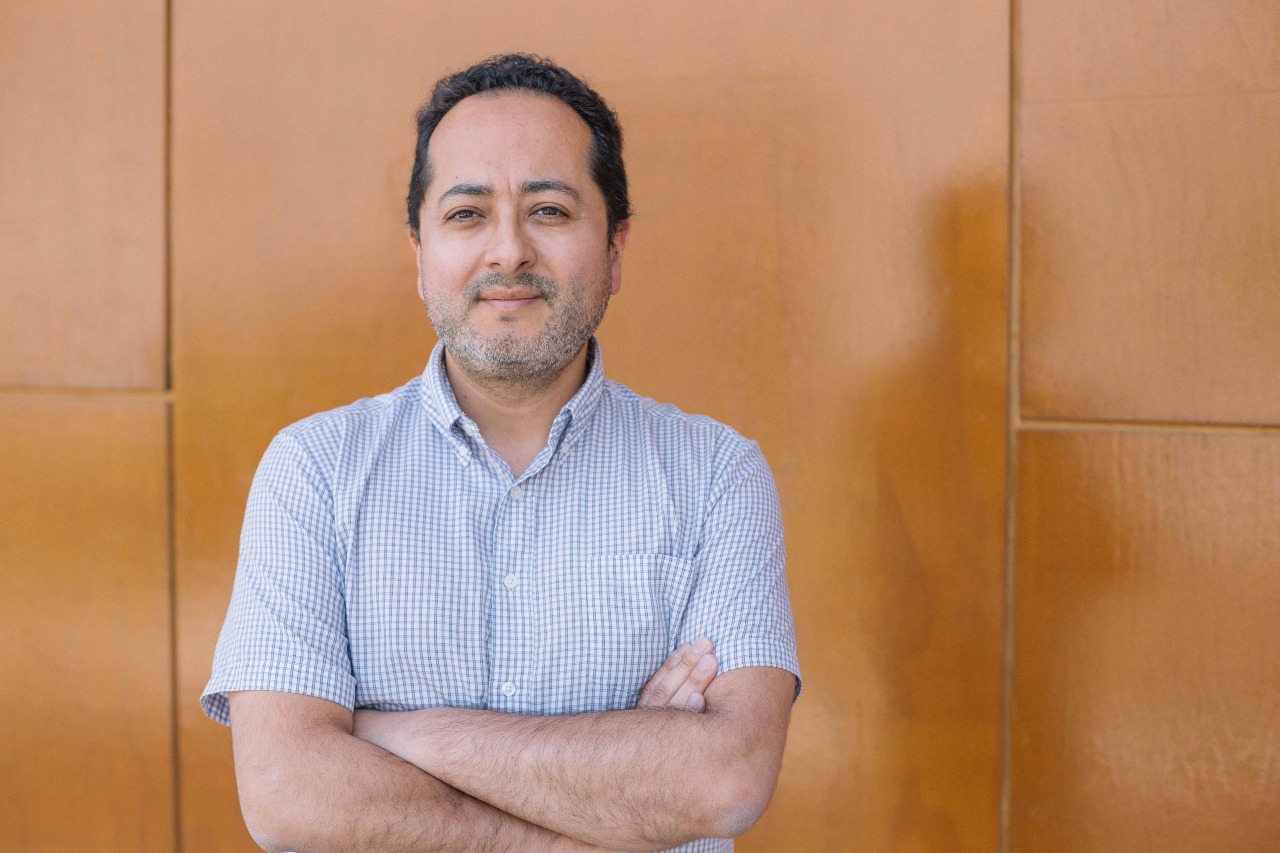
A study in Chile shows that fake content on Twitter is more understandable than true content
May, 2023.- A new interdisciplinary paper about the disinformation on Twitter, Facebook and Instagram that circulated in Chile in the context of the social uprising and the pandemic was carried out by researchers from the Millennium Institute Foundational Research on Data (IMFD).
“The results of the study indicate that the phenomenon of disinformation in Chile presents characteristics of maximum severity, and that there is no single way to deal with it,” says Marcelo Mendoza, an academic from the Department of Computer Science at the Pontificia Universidad Católica de Chile and leader of the study, which was financed by the ANID Fund for Pluralism and was recently published by Applied Sciences.

The research focused on finding out whether there are differences in the way in which content is spread on social media according to its level of veracity. For this, they carried out quantitative and qualitative analyzes, with data obtained from Facebook, Instagram and Twitter, collected and verified by fact-checkers between October 2019 and October 2021, and focus groups with users of social networks in the same period.
Unlike previous studies comparing verified content vs. false on a platform (usually Twitter), here we compared the speed, reach and language characteristics of three types of content – truthful, imprecise and false – on three platforms simultaneously.
The study found that both inaccurate and false information spread faster and reached more users than true information on Twitter and Facebook. Instagram, on the other hand, would be less affected by this phenomenon.
However, the most notable result occurred when the reading comprehension associated with the content that circulated on Chilean social networks was compared. By comparing readability parameters, the researchers found that false information is more likely to be shared by users with lower reading comprehension skills.
“A relevant aspect that we discovered is that the access barriers according to reading comprehension are higher for true content than for false and imprecise content,” says Fabian Padilla, one of the authors of the study and director of FastCheck.cl. “This means that ‘fake news’ is simpler, more direct and more understandable – and therefore easier to believe – for people with less reading comprehension skills.”
Added to this is the fact that true content is shorter and has fewer words, but generates less interest among audiences, which results in shorter threads of conversation, less depth, speed and participation than those generated by false or imprecise content.
“The problems we face in order to stop this phenomenon are several. In general, there is a habit among people of reading only what is of interest to them, which adds to the confirmation bias,” explains Sebastián Valenzuela, an academic at the Faculty of Communications at the Pontificia Universidad Católica de Chile and another of the authors. Considering the dynamics of this type of information, there are more and more possibilities that people are being affected by this phenomenon on a daily basis.

